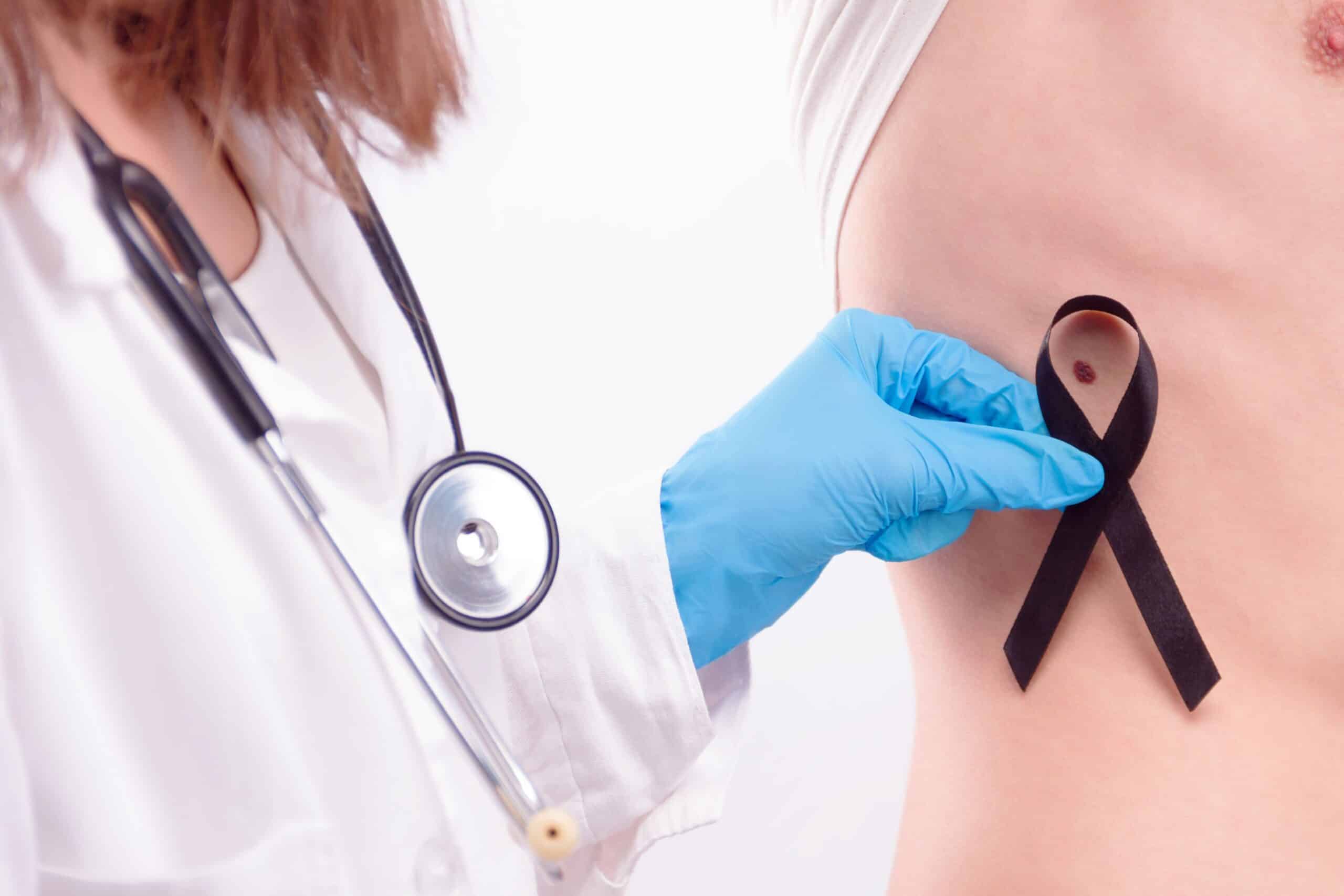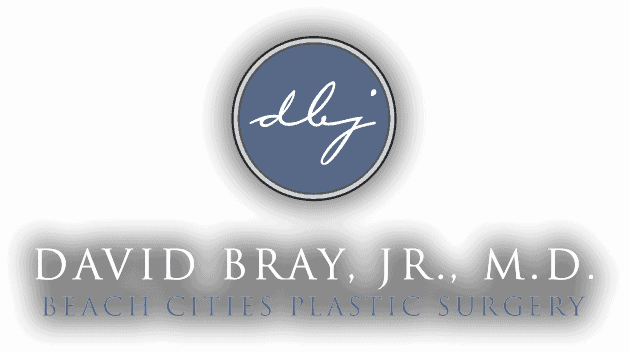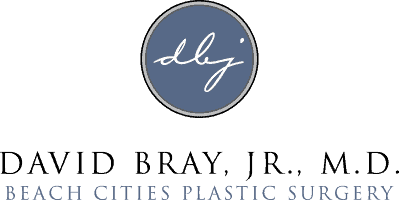Skin Cancer Repair
in Torrance, CA
Also serving Palos Verdes & Redondo Beach
Skin cancer is the most common cancer in the United States. There are many different causes of skin cancer, including sun exposure, environment and heredity. Skin cancer generally develops in the outermost layer of the skin, so a tumor is usually visible. This makes most skin cancers detectible in the early stages.

There are three common types of skin cancer, each of which is named after the skin type from which it arises. The most common types of skin cancer are basal cell carcinoma and squamous cell carcinoma. The third type and most concerning skin cancer is melanoma.
Basal cell carcinoma arises from the basal layer of the epithelium. Basal cell carcinoma usually looks like a raised, smooth, pearly bump on the sun-exposed skin of the head, neck, extremities or shoulders. Sometimes small blood vessels can be seen within the tumor. Crusting and bleeding in the center of the tumor frequently develops.
Squamous cell carcinoma originates from the keratinizing or malpighian cell layer of the epithelium. Squamous cell carcinoma is commonly a red, scaly, thickened patch on the sun-exposed skin. Ulceration and bleeding may occur.
Melanoma is a malignant tumor arising from melanocytes. The lesions are usually pigmented with irregular borders. Melanoma is more likely to spread throughout the body than other skin cancers. The best chance for a cure is early surgical excision of a thin tumor.
Most common skin cancers can be treated by removal of the lesion, making sure that the edges are free of tumor cells. After the skin cancer has been removed, an open wound will exist. Reconstruction of this defect can be as simple as allowing the wound to heal on its own or as complex as bringing a flap of tissue from a different location to repair the defect.
Dr. Bray Jr. performs numerous skin cancer excision and wound reconstruction surgeries. It is important that the patient choose a plastic surgeon who is familiar with the variety of reconstructive options. In general, facial defects are more complex and difficult to reconstruct. The following will provide some examples of the techniques used by Dr. Bray to reconstruct these wounds.
Nose: The nose is a complex structure with high visibility on the face. As a result, any deformity of the nose is noticeable. The nose may be divided into subunits which differ based on location, contour, and skin type. The nasal tip is one of the units. The nasal tip has thick, non-mobile skin, and usually requires a local or pedicled flap for reconstruction. The bilobed flap is used frequently for defects of the nasal tip which are smaller than 1.5cm. For larger defects a pedicled forehead flap is usually required. Dr. Bray Jr. performs many nasal reconstructions, and he will select the best reconstructive method based on the type of wound and the patient’s concerns.
Cheek: The cheek is the location of many skin cancers. In most cases the cheek has significant skin laxity which helps with wound closure. However, in cases where the primary closure will result in distortion of the eyelid a flap is usually required. Local flaps such as the rhomboid flap or the bilobed flap may be used in the appropriate circumstance. For larger defects a cervicofacial flap may be required. If the defect goes through the muscle and oral mucosa then a free flap may be required.
Forehead: Forehead lesions can be closed primarily if the lesion is small. For larger wounds there is concern that primary closure will distort the shape of the eyebrow, and therefore a local flap is beneficial. Dr. Bray Jr. may choose to use a rotation or advancement flap in order to avoid eyebrow distortion. Tissue expansion may also be used in select cases.
Lip: The upper and lower lip are prominent structures of the face. Skin cancer involving either may be significant. In many cases a wedge excision may be performed to remove the skin cancer and to perform primary closure. In cases of larger defects, a portion normal lip may be used to reconstruct the abnormal lip. Other advancement and rotation flaps may be used to achieve closure for even larger defects. Dr. Bray, Jr. always puts an emphasis on preserving function while achieving the best possible aesthetic result.
See photos of skin cancer repair surgery results in the image gallery.


